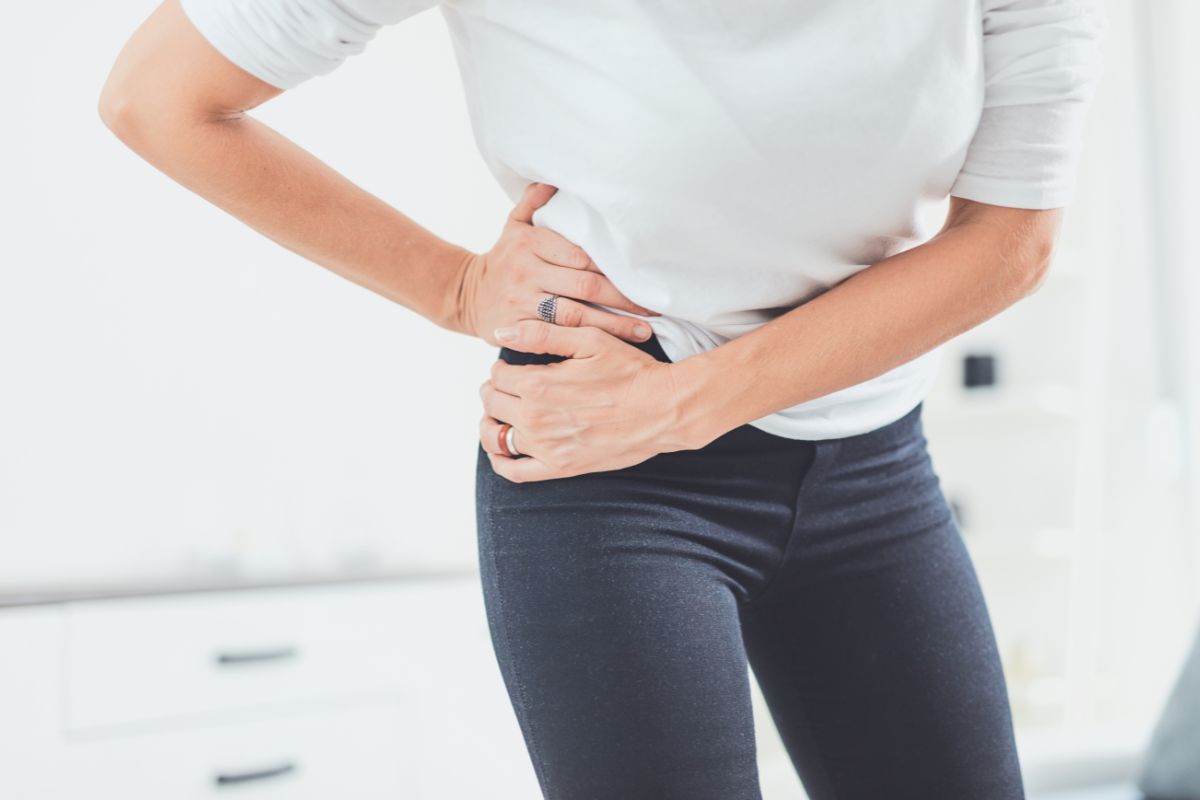2025
Hip Pain After a Car Accident? It Could Be FAI (Hip Impingement)

A motor vehicle accident (MVA) is a sudden, violent event that can leave your body with more than just visible bruises. While whiplash is widely discussed, many people experience a different kind of aftermath: persistent hip pain, tightness, and unexplained low back discomfort.
If you’re feeling a sharp pinching in your groin when you move, a deep ache in your hip socket, or a general loss of mobility, you might be dealing with post-traumatic Femoroacetabular Impingement (FAI), commonly known as hip impingement.
At Genuine Athletics, our kinesiologists specialize in active rehabilitation for ICBC claims, helping clients overcome these complex injuries and return to their active lives. This article will explain how an MVA causes these issues and how a targeted active rehab program is the key to your recovery.
Why Does Hip Impingement and Tightness Occur After a Car Accident?
The force of a collision, especially from the side (T-bone) or front-end impact, can jolt your body in unnatural ways. Your hip is a incredibly stable ball-and-socket joint, but this trauma can cause:
- Micro-Trauma to Soft Tissues: The muscles surrounding the hip—like the glutes, hip flexors, adductors, and deep rotators—can be violently stretched or compressed, leading to strains, inflammation, and protective tightness.
- Altered Biomechanics: Pain causes you to move differently (guarding). You might shift your weight to one side or change your walking pattern (gait). This places abnormal stress on the hip joint, pelvis, and lower back.
- Post-Traumatic FAI: The impact can cause subtle misalignments or even damage to the labrum (the cartilage rim of the socket) or the bony structures themselves. This creates a mechanical mismatch where the femoral head (ball) pinches against the acetabulum (socket) during movement, leading to impingement.
Common Symptoms of Post-MVA Hip Issues
The pain isn't always isolated. You might experience:
- A sharp, stabbing pain or pinching sensation in the front of the hip or groin during specific movements.
- Deep, achy pain within the hip joint itself, often worse after prolonged sitting (like driving) or activity.
- Significantly reduced range of motion (ROM), particularly with hip internal rotation and flexion (bringing your knee to your chest).
- Referred pain in the lower back, buttocks, or even the knee.
- A feeling of hip stiffness and instability, making it difficult to trust the joint during weight-bearing activities.
- Pain with movements that involve hip abduction (lifting the leg to the side) or external rotation.
How Active Rehabilitation and Kinesiology Heals Your Hip
Passive therapy alone is often not enough to resolve the underlying mechanical issues. Our active rehab programs at Genuine Athletics are designed to address the root cause of your pain through a structured, progressive approach.
Phase 1: Regaining Mobility and Creating Space
The first goal is to reduce protective muscle guarding and restore pain-free movement.
- Fascial Stretch Therapy (FST): This is a cornerstone of our approach for hip issues. Unlike static stretching, FST is an assisted, dynamic modality where our kinesiologists gently traction the joint and manipulate the fascial lines around your hip and pelvis. This is incredibly effective for:
- Creating space in the hip socket to immediately alleviate impingement pain.
- Improving synovial fluid flow to lubricate the joint.
- Releasing tension in the entire posterior chain (glutes, hamstrings, low back) that contributes to pain.
Phase 2: Restoring Motor Control and Strength
Once mobility improves, we focus on strengthening the hip for long-term stability.
- Targeted Strengthening: We prescribe specific exercises to activate and strengthen the key stabilizers of the hip: the gluteus medius (critical for pelvic stability), gluteus maximus, and deep external rotators. This creates a "scaffold" of muscle support to protect the joint.
- Improving Neuromuscular Control: We retrain your brain to properly control your hip in all three planes of motion. This includes exercises focused on hip abduction, external rotation, and controlled internal rotation to ensure the joint tracks correctly.
- Core Integration: A stable core is non-negotiable for a stable hip. We integrate exercises that connect your hip function to your abdominals and obliques, ensuring your entire kinetic chain works in harmony.
Phase 3: Building Longevity and Returning to Activity
The final phase prepares you to return to your sport, job, and life with confidence.
- Sport-Specific & Functional Training: We design drills that mimic the demands of your life, whether that’s running, hiking trails, lifting weights, or simply playing with your kids without fear.
- Education and Empowerment: We equip you with the knowledge and a personalized home exercise plan to maintain your gains and prevent future flare-ups, ensuring longevity in your joint health.
Don't Let Post-Accident Hip Pain Slow You Down
Hip impingement and tightness can be complex, but they are highly treatable with the right approach. Our team of kinesiologists at Genuine Athletics are experts in active rehabilitation for ICBC claims. We create a safe, supportive environment where you can actively participate in your recovery.
If you’re experiencing hip pain after an MVA, contact Genuine Athletics today for a consultation. Let us help you unlock your mobility, eliminate your pain, and get back to being genuinely active.
